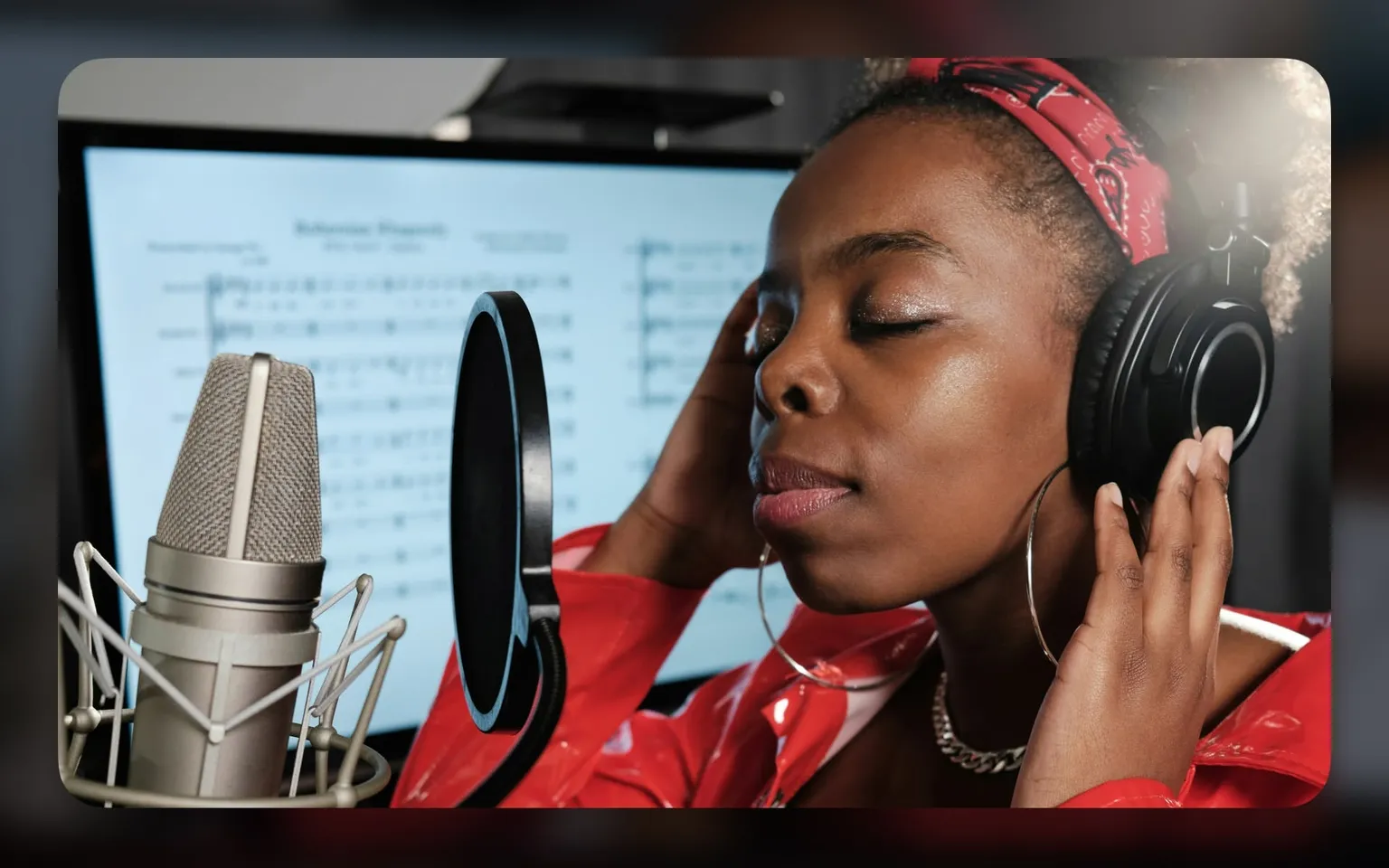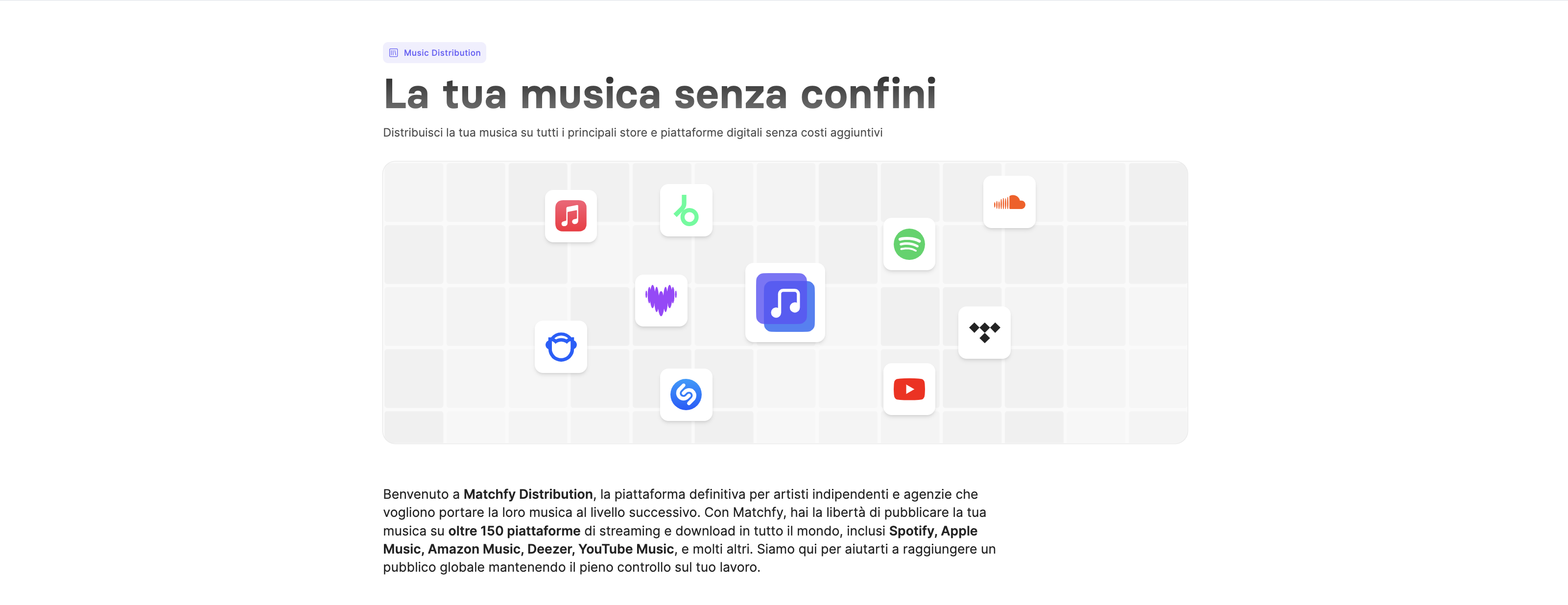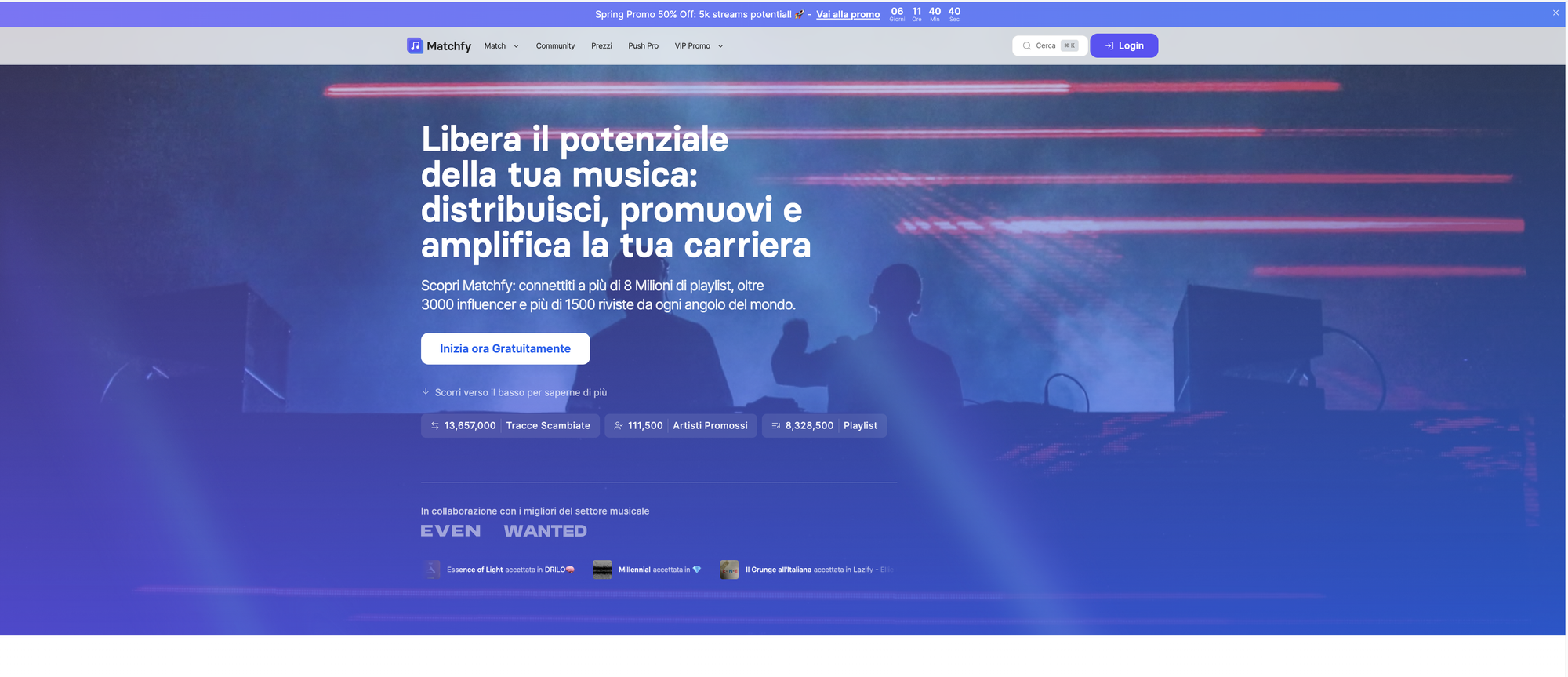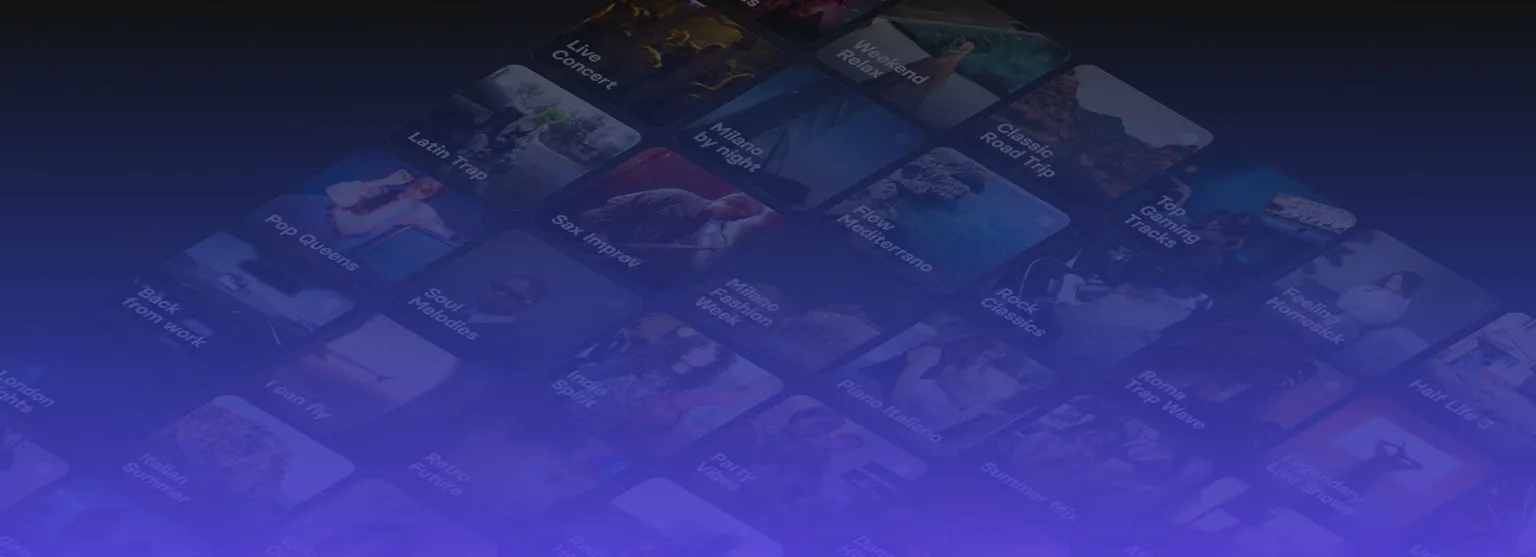How much does it cost to release a single in 2025? A complete guide for independent musicians

Releasing a single in 2025 is about more than just uploading your track to Spotify or Apple Music. Behind every song that reaches your listeners, there’s a whole process from production and mastering to distribution, artwork, and promotion. Each step has its cost, and understanding where your money goes can help you plan your budget wisely and make every dollar count.
Whether you’re an independent artist planning your first release or an experienced musician refining your strategy, this guide breaks down all the major expenses of releasing a song and shows you how to save money without compromising on quality.
What we're going to talk about:
- Music distribution costs in 2025
- Recording, mixing and mastering costs
- Artwork and visual design
- Promoting and marketing your single
- How to plan your budget wisely
Music distribution costs in 2025
Once your track is ready, the first step is getting it out into the world. Music distribution services are what make your song appear on platforms like Spotify, Apple Music, Amazon Music, YouTube Music, and Deezer.
In 2025, there are two main models for digital distribution:
Pay-per-release
With this option, you pay once for each release — whether it’s a single, EP, or album. Prices typically range from $9 to $30 per release, depending on the distributor. This model is perfect for artists who release music occasionally and prefer to avoid recurring fees.
Subscription-based
Many distributors now offer yearly or monthly plans, which usually cost between $30 and $80 per year. These subscriptions allow unlimited uploads and sometimes include tools for royalty tracking, playlist pitching, and promotional insights. If you plan to release multiple tracks throughout the year, a subscription may be the most cost-effective choice.
Matchfy: smart distribution for independent artists
One option gaining attention among independent musicians is Matchfy, a modern music distribution and promotion platform designed to help artists grow their audience organically.
For indie artists looking to combine distribution with smarter promotion, Matchfy can be a strategic all-in-one choice especially if you want both exposure and data-driven insights.

Recording, mixing and mastering costs
For most musicians, this is the biggest chunk of the budget. A great mix and master can make your song sound polished, radio-ready, and competitive across streaming platforms.
Studio recording
Studio rates vary dramatically, from $50 to over $500 per hour, depending on the studio’s location, gear, and the engineer’s reputation. If you’re recording a full band or live instruments, expect the higher end of that range.
If you’re working solo or with digital production tools, consider building a home studio. With a decent microphone, an audio interface, and a DAW like Logic, Ableton, or FL Studio, you can achieve impressive quality without paying for studio time.
Mixing and mastering
After recording, your tracks need to be balanced and finalized.
- Mixing typically costs $100–$1,000 per song, depending on track count and engineer experience.
- Mastering usually costs $50–$250 per song.
There are also affordable online mastering services that use AI or hybrid systems to deliver consistent results, perfect for artists with smaller budgets. Just remember: good mastering can’t fix a poor mix, so make sure the source material is strong.
Want to mix and master your music on your own like a pro? Don't worry, we created a guide that can introduce you to the world on music production. Go check it on our blog!
Artwork and visual design
Your single’s cover art is the first thing listeners notice, often before they hear a single note. In the era of streaming and social media, visuals play a huge role in your success.
Hiring a graphic designer usually costs between $50 and $500, depending on the complexity and originality of the concept. A professional-looking cover gives your release credibility and can help you stand out on crowded streaming pages.
If you’re working on a budget, tools like Canva, Fotor, or Adobe Express make it easy to design covers yourself. Just ensure your artwork follows distributor guidelines (usually 3000x3000 px, square format, no text outside the safe zone).
A consistent visual identity, across your singles, albums, and social profiles, helps build a memorable brand that listeners can instantly recognize.
Promoting and marketing your single
Even the best song can go unheard without the right promotion. Marketing is what turns a great track into a great release.
Organic promotion
Before your release date, start teasing your single on Instagram, TikTok, and YouTube Shorts. Use behind-the-scenes clips, lyrics snippets, or short videos that connect emotionally with your audience.
Create a pre-save campaign so fans can add your song to Spotify ahead of time this can boost your algorithmic reach once it’s live.
Pitch your song to playlist curators or use platforms like Matchfy to connect with editors and influencers. Getting featured on playlists remains one of the most effective ways to gain streams organically.

Paid Ads and PR
If you’re ready to invest in exposure, start small with social media ads, even $5–10 a day can make a difference with proper targeting. Paid PR campaigns (press releases, interviews, reviews) usually start around $300, but high-end agencies can cost thousands.
For most indie artists, the best results come from blending organic strategies (authentic engagement, storytelling, consistency) with targeted paid campaigns.
How much should you spend?
A full-scale professional campaign, including production and promotion, can run up to $10,000–$20,000. But many independent musicians find success spending just $200–$1,000, focusing on content creation, fan interaction, and playlist placement.
How to plan your budget wisely
Releasing a song doesn’t have to drain your wallet. Smart planning goes a long way.
Here’s how to keep your costs under control:
- Map out all expenses: distribution, production, artwork, and promotion.
- Set clear priorities: do you want to maximize streams, build a fanbase, or improve your sound quality?
- Use DIY tools whenever possible — for recording, design, or marketing.
- Start early: plan your release 4–6 weeks in advance to avoid rushed (and costly) decisions.
- Track your spending: record what you spent and what worked best for future releases.
Creating a simple spreadsheet can help you visualize costs and keep every release more efficient than the last.
Conclusions
So, how much does it really cost to release a single in 2025? The answer depends entirely on your goals.
The key is not how much you spend, but how strategically you spend it. Focus on your strengths, invest in quality where it matters most, and make use of smart platforms like Matchfy to combine exposure with practical growth tools.
Every single you release is an opportunity not just to share your music, but to build your career step by step. Plan your budget, stay consistent, and let your songs tell your story.

